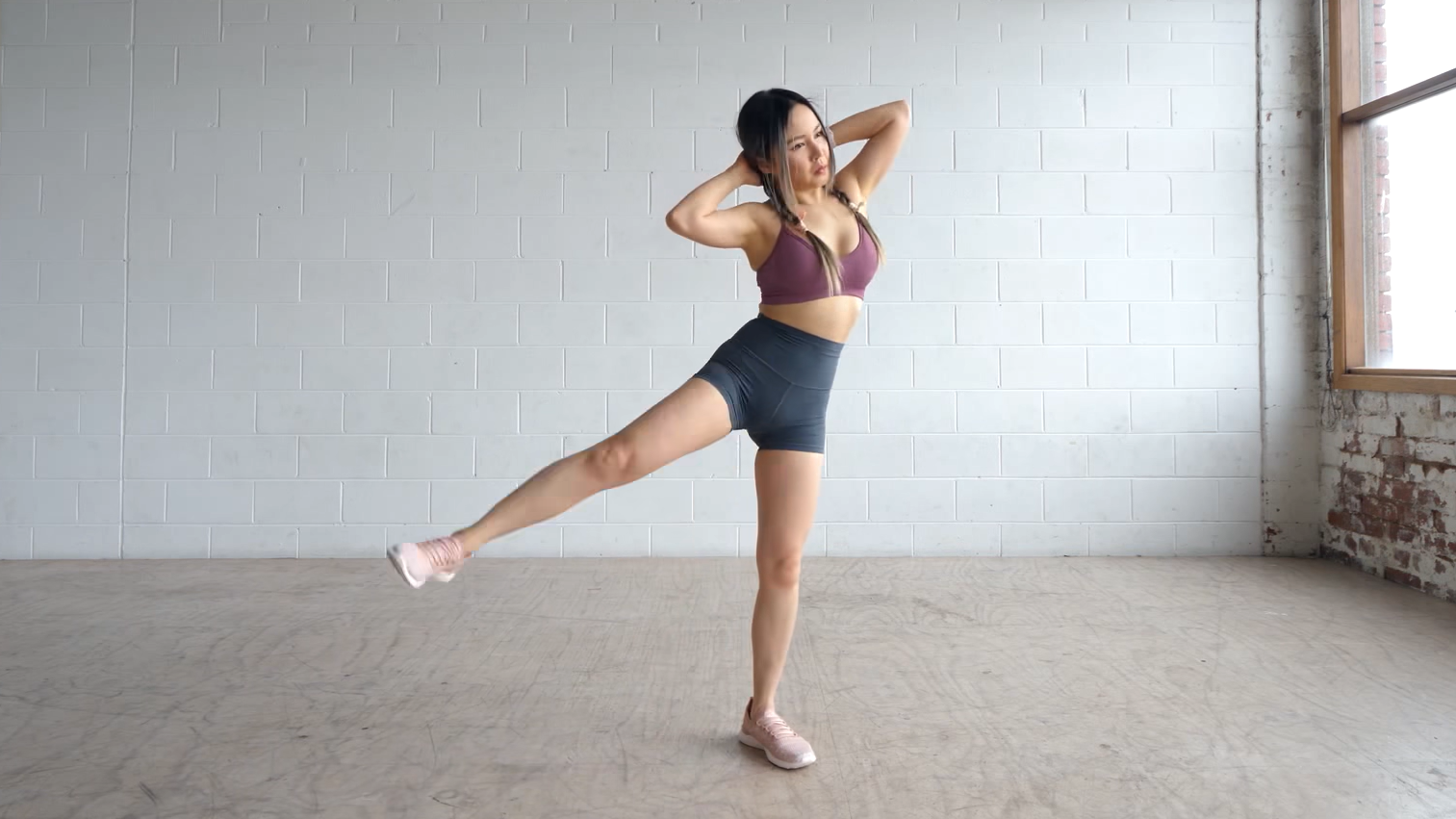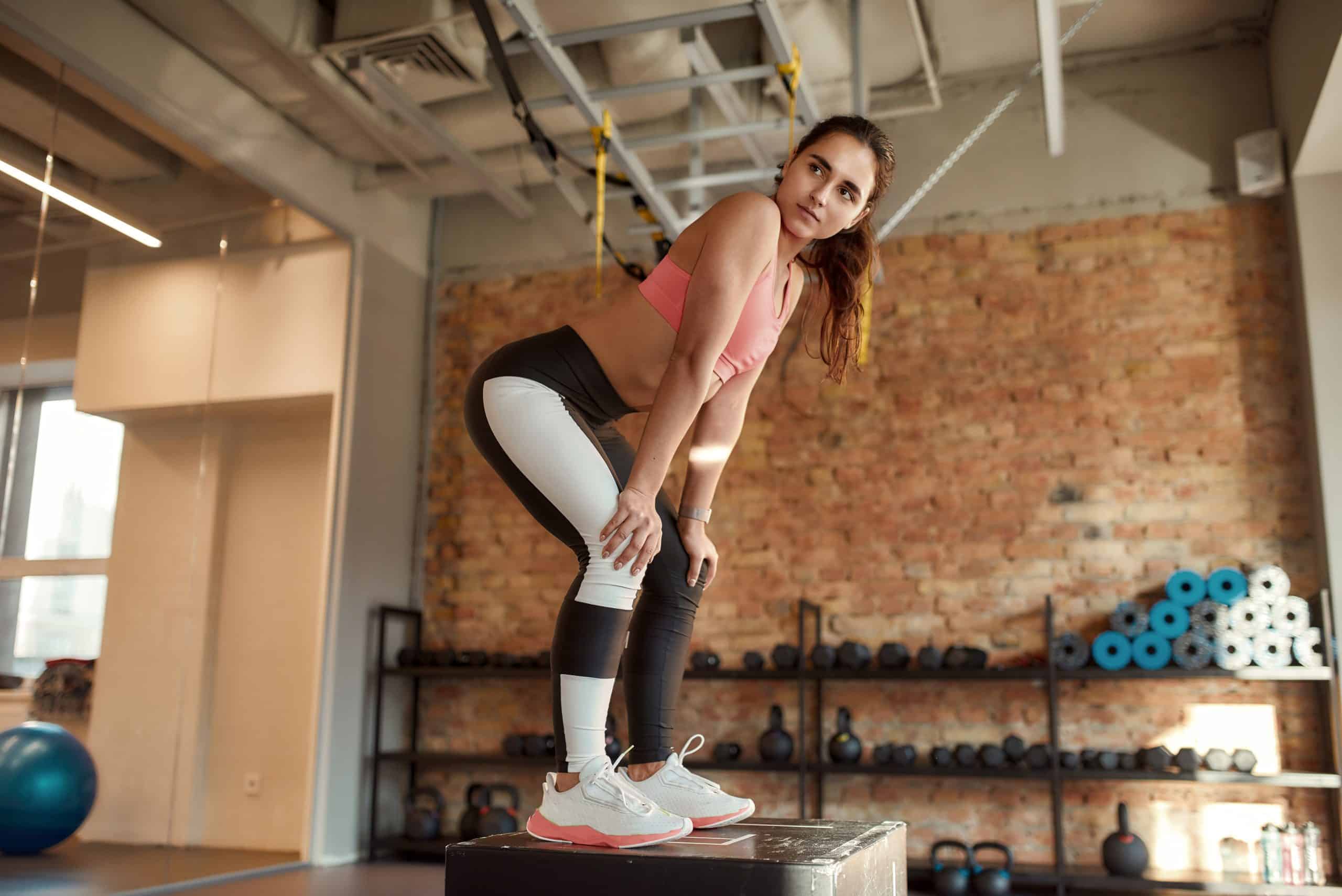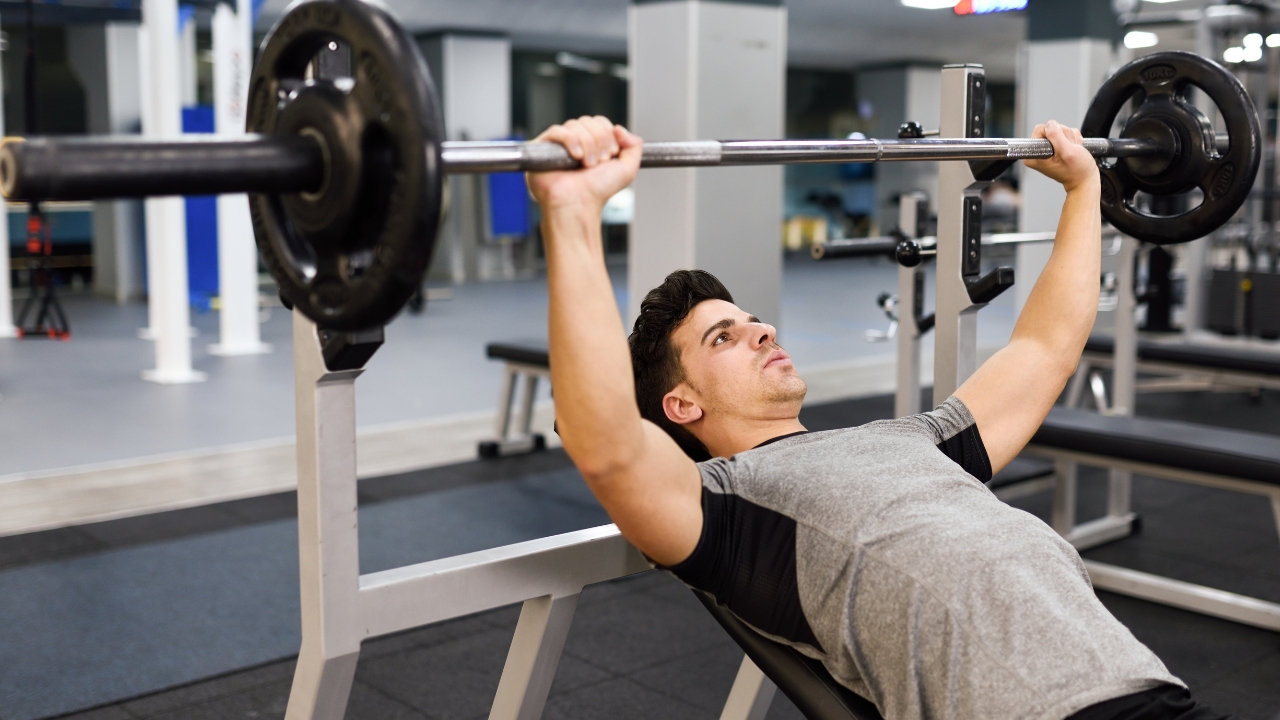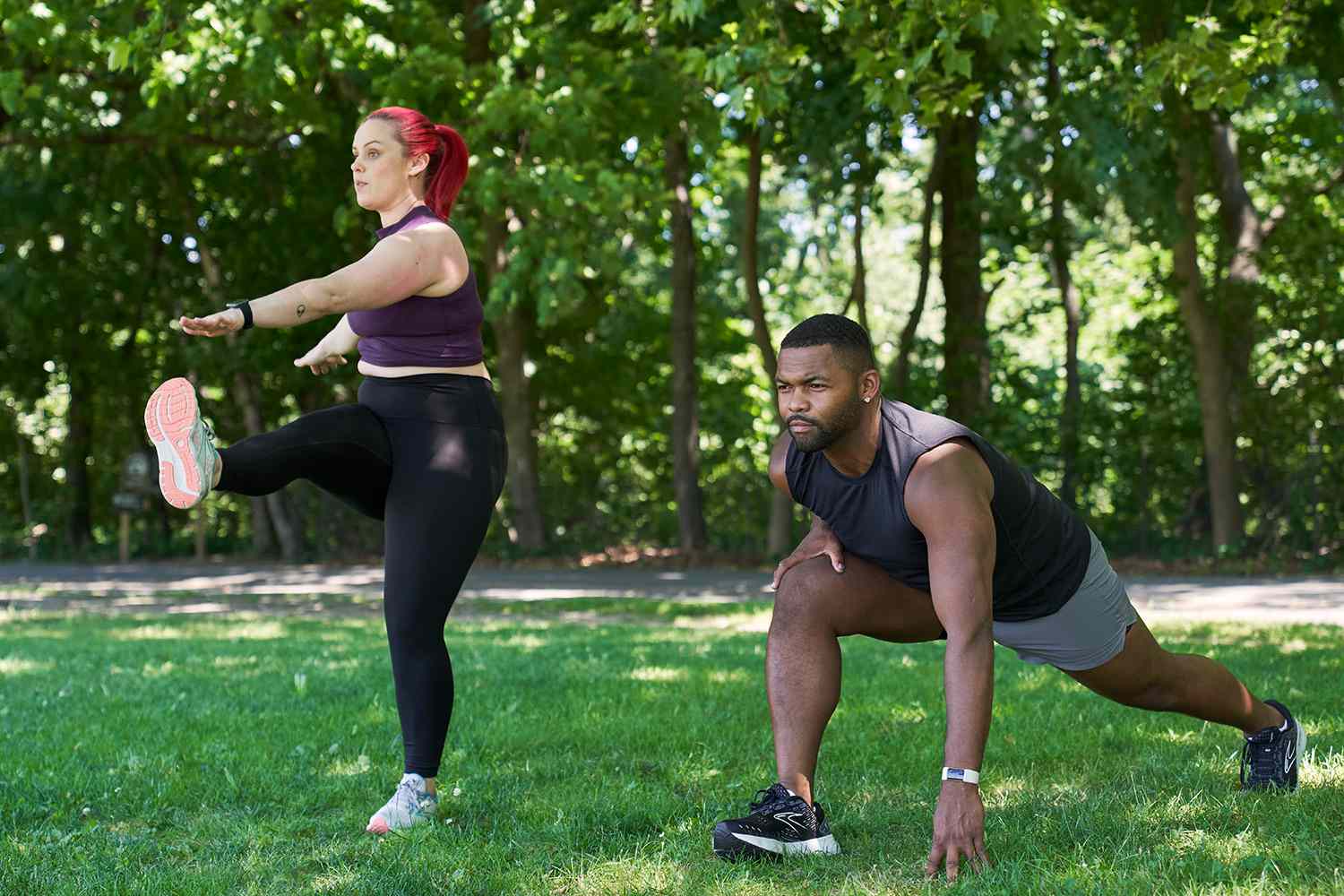Starting your fitness journey can feel overwhelming, especially when it comes to figuring out the best ways to strengthen your core. Easy ab workouts can lay the foundation for improving your overall fitness and confidence. These exercises not only help build core strength but also support better posture and prevent injuries as you become more active.
This blog post will guide you through simple and effective ab workouts suitable for beginners. You’ll find routines that require minimal equipment and are easy to follow, ensuring you stay motivated as you progress. Whether you have just a few minutes or want to dedicate more time, these workouts are designed to fit into any schedule.
As you embark on your fitness journey, remember that consistency is key. These exercises will help you build endurance and strength, making every step forward feel rewarding. You’ll soon discover that investing time in your core can lead to amazing results throughout your body.
Key Takeaways
- Core strength is essential for overall fitness and injury prevention.
- Simple ab exercises can easily fit into any routine.
- Consistency in workouts leads to progress and improved fitness.
Laying the Foundation: Understanding Core Strength
Building core strength is key to your fitness journey. It supports all physical activities and helps prevent injuries. Knowing which muscle groups to focus on makes your workouts more effective.
The Importance of a Strong Core
Your core is more than just your abs. It includes all the muscles around your trunk and pelvis. A strong core plays a crucial role in stability and balance. It helps you perform daily activities better, from lifting weights to playing sports.
With a strong core, you can improve your posture and reduce the risk of back pain. It acts as a foundation for almost every movement, allowing you to generate power and strength. This support enables better control during exercises, enhancing your overall performance.
Muscle Groups to Focus On
Focus on key muscle groups to build a strong core:
- Rectus Abdominis: This is the muscle responsible for the “six-pack” look. It helps flex your spine and stabilize your body.
- Transverse Abdominis: This deep muscle wraps around your torso. It helps keep your abdomen tight and supports your spine.
- Obliques: Located on the sides of your abdomen, these muscles help with twisting and lateral movements.
- Lower Abs: Targeting the lower part of your abdominal muscles can improve stability and enhance performance.
Incorporate exercises that engage these muscles, such as planks and bridges. You’ll notice improvements in strength and balance, benefiting your workouts and daily life.
Getting Started with Basic Ab Exercises
Starting your fitness journey with basic ab exercises can build a strong core and improve your overall health. Focusing on proper form and technique will help you avoid injuries and get the most from your workouts.
Proper Form and Techniques
Proper form is crucial for any exercise. When doing ab workouts, keep your movements controlled. Engaging your core means pulling your belly button in toward your spine. This technique helps stabilize your body.
For exercises like crunches, lie on your back with knees bent. Place your hands behind your head and lift your shoulders off the ground without straining your neck. Maintain a neutral spine throughout.
During planks, keep your elbows under your shoulders and your body in a straight line from head to heels. Avoid sagging hips or raised bottoms. Proper alignment maximizes effectiveness and minimizes the risk of injury.
Essential Ab Workouts for Beginners
Start with simple exercises like crunches, leg lifts, and mountain climbers. These exercises target different areas of your core.
Crunches: Lie on your back and lift your shoulders while keeping feet flat on the floor.
Leg Lifts: Lie on your back and lift your legs toward the ceiling while keeping your lower back pressed into the ground. This targets your lower abs effectively.
Mountain Climbers: Start in a plank position and bring one knee toward your chest. Alternate legs quickly to keep your heart rate up.
Aim for 2-3 sets of 10-15 repetitions for each exercise.
Incorporating Planks into Your Routine
Planks are excellent for core stability and strength. They engage multiple muscle groups and can improve your endurance.
To perform a basic plank, start on your elbows and toes. Your body should form a straight line. Hold this position for 20-30 seconds, gradually increasing the time as you get stronger.
Add variations like side planks to target your obliques or plank jacks for a cardio boost. These variations keep your routine fresh and challenge your muscles in different ways.
Remember to focus on breathing and maintaining proper form throughout your plank exercises.
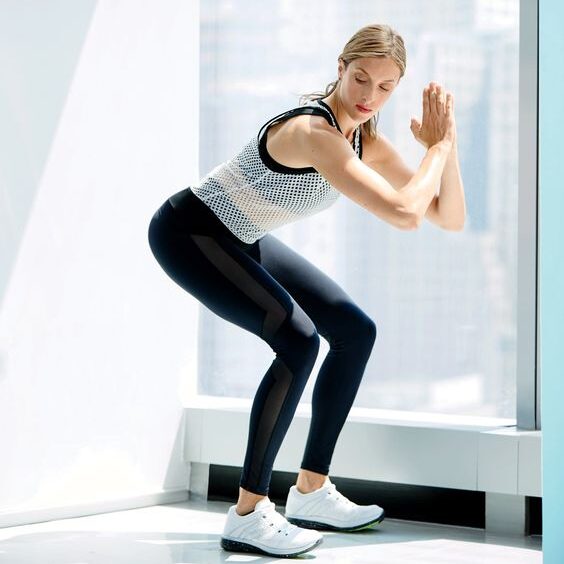
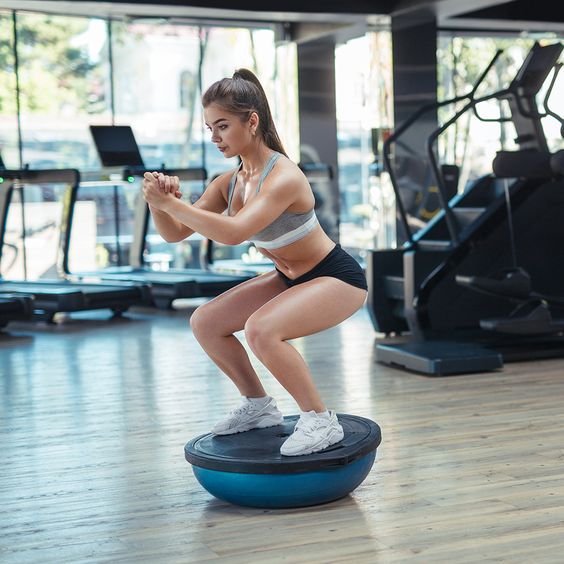
Building Your Workout Routine
When starting your fitness journey, it’s important to establish a well-rounded workout routine. This includes balanced exercises, appropriate frequency, and a focus on progression. These elements will help you build strength and confidence as you work towards your goals.
Creating a Balanced Exercise Plan
A balanced exercise plan involves integrating different types of workouts. Include strength training for your core, as well as some cardio for overall fitness. Aim for at least three days of core workouts each week.
Sample Weekly Routine:
| Day | Workout Type |
|---|---|
| Monday | Core + Cardio |
| Wednesday | Strength Training |
| Friday | Core + Flexibility |
Incorporating various exercises, like planks and leg raises, will help target different muscle groups. It’s important to vary your workouts to prevent boredom and keep making progress.
How Often to Train Your Abs
Training your abs too often can lead to fatigue and hinder results. Aim to train your core two to three times a week. This gives your muscles time to recover.
Ensure each session includes 10 to 15 reps of various exercises. Focus on controlled movements rather than speed. Balance your core training with other body parts to support overall strength.
Progressive Overload and Advancement
Progressive overload is key to building muscle and strength. This means gradually increasing the intensity of your workouts. You can achieve this by adding more reps, increasing time, or trying more challenging variations.
For example, start with basic planks and, after a few weeks, progress to side planks or plank walks. Track your progress, and don’t hesitate to switch your routine every few weeks. A personal trainer can also help tailor your program to suit your goals.
Enhancing Your Fitness Journey
To improve your fitness journey, focus on nutrition and flexibility. A balanced diet and proper recovery routines are essential for building a strong core and overall health.
Integrating Nutrition and Diet
Your diet plays a vital role in supporting your fitness goals. Eating a variety of whole foods helps fuel your workouts. Aim to include plenty of:
- Fruits and Vegetables: These provide essential vitamins and minerals.
- Lean Proteins: Sources like chicken, fish, beans, and lentils help repair and build muscles.
- Whole Grains: Foods such as brown rice and whole wheat bread provide energy for exercise.
Stay hydrated by drinking enough water throughout the day. Avoid processed foods high in sugars and unhealthy fats, as they can hinder your progress. A nutrition plan tailored to your needs can greatly enhance your core workouts and overall fitness.
The Role of Flexibility and Recovery
Incorporating flexibility exercises into your routine can prevent injuries and improve performance. Engaging in activities like yoga or stretching can enhance your range of motion. This is important for maintaining proper form during ab workouts.
Recovery is just as crucial. Allow your body time to heal by getting enough sleep and resting between workouts. Consider adding rest days to your schedule. Foam rolling and gentle stretches can aid in muscle recovery. Combining flexibility and recovery practices ensures you stay on track with your fitness journey while building a strong core efficiently.
Frequently Asked Questions
You might have some questions as you begin your journey with ab workouts. Here are clear answers to common inquiries that can help you along the way.
What are some beginner-friendly ab exercises I can do at home?
You can start with exercises like planks, leg lifts, and seated crunches. These exercises do not require equipment and can be done on your living room floor. Always focus on maintaining proper form to avoid injury.
How often should I perform ab workouts as a beginner to see results?
Aim for about 2 to 3 times a week. This frequency gives your muscles time to recover while allowing you to build strength. Be sure to include a warm-up before each session to prepare your body.
Are there ab workouts suitable for both males and females just starting their fitness journey?
Yes, many ab workouts are perfect for everyone. Exercises like planks and bicycle crunches work well for all fitness levels. The key is to listen to your body and adjust the intensity as needed.
What is the most effective way to activate abdominal muscles for a beginner?
To activate your abs, try simple exercises like engaging in a plank position. Holding this pose tightens your core muscles. You can also practice deep breathing while pulling in your belly button to engage your abs further.
Can a short daily ab workout be beneficial for beginners?
Yes, even a brief daily workout can be effective. Quick sessions help build core strength and endurance. Just ensure you vary your exercises to hit different areas of your core.
What are the key steps to start a successful ab-focused fitness routine from scratch?
Begin with setting clear goals for what you want to achieve. Next, create a schedule that fits your lifestyle, including specific days for your workouts. Lastly, track your progress to stay motivated and adjust your routine as needed.
